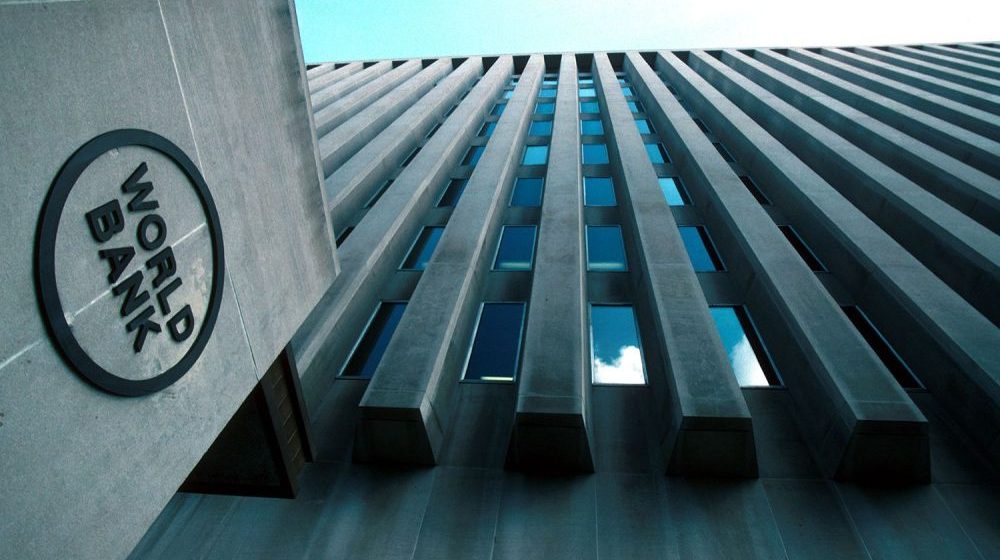
The World Bank will provide additional financing of $270 million for the Crisis-Resilient Social Protection (CRISP) program to support the development of an adaptive and crisis-resilient social protection system.
Sources revealed that the Board of Directors of the World Bank is expected to meet in the last week of May to approve additional financing (AD) of $270 million.
The proposed AF will provide an additional credit in an amount of $270 million to Crisis-Resilient Social Protection. The original project became effective in March 2021 and will be closing by the end of June, 2025. The proposed AF will extend the closing date for the project by a year till the end of June, 2026.
The overall Program boundary is the same for both the original project and the AF. The Government Program’s expenditure supported by Program for Results (PforR) Financing (both Original and Additional) has been revised.
The change is due to incorporating actual expenditures for financial years 2020,-21, 2021-22, and 2022-23, adjustment due to a 75 percent spike in the exchange rate, and adding the budget of fiscal year 2025-26 in the expenditure framework due to extension of closing date up to June 30, 2026. Despite these changes, the overall PforR financing is 9 percent of the government’s program.
Official documents revealed that this AF will contribute to Result Areas 1 and 3 of the parent project. Disbursement Linked Indicator (DLI) proposed under the AF will cover some longer-term policy actions regarding the Benazir Income Support Program (BISP) programs and the National Socio-Economic Registry (NSER).
Under Result Area 1, the proposed results support:
Under Result Area 3, the proposed actions support measures to correct the current overlap of federal and provincial cash transfer (CCT) programs and to prevent future overlap, including gradual takeover by the provinces of Punjab and Sindh, through their own resources, of the services that are currently being provided by federal health and nutrition focused CCT.
Official documents revealed that Pakistan’s Poverty reduction has slowed amid recent shocks, while growth has remained volatile and slow. The country made significant progress towards reducing poverty between 2001 and 2018 when the expansion of off-farm economic opportunities and increased inflow of remittances allowed over 47 million Pakistanis to rise out of poverty.
However, rapid poverty reduction has not fully translated into improved socioeconomic conditions, as human capital outcomes have remained poor, with high levels of stunting at 38 percent and learning poverty at 78 percent.
The country experienced heavy monsoon rains in 2022 leading to catastrophic and unprecedented flooding with enormous human and economic impacts. Roughly 33 million people were impacted, and many permanently displaced.
Moreover, critical constraints, including persistent fiscal and current account deficit, protectionist trade policies, unproductive agriculture, a difficult business environment, a heavy state presence in the economy, and a financially unsustainable energy sector, have remained unaddressed, leading to slow and volatile growth. Progress with poverty reduction has recently slowed amid macroeconomic instability, the COVID-19 pandemic, and the 2022 catastrophic floods.